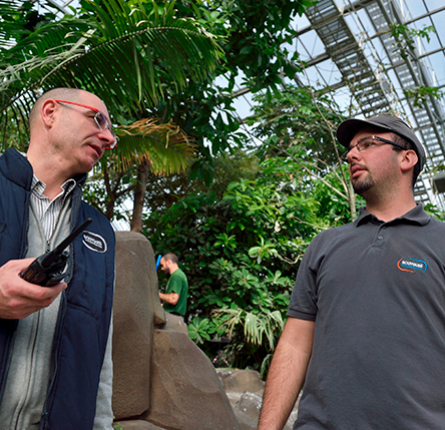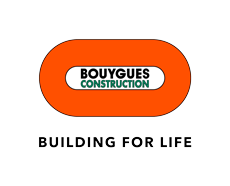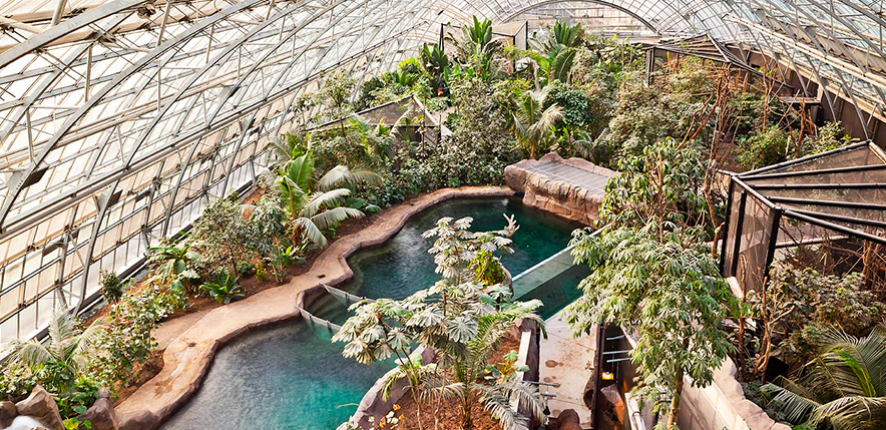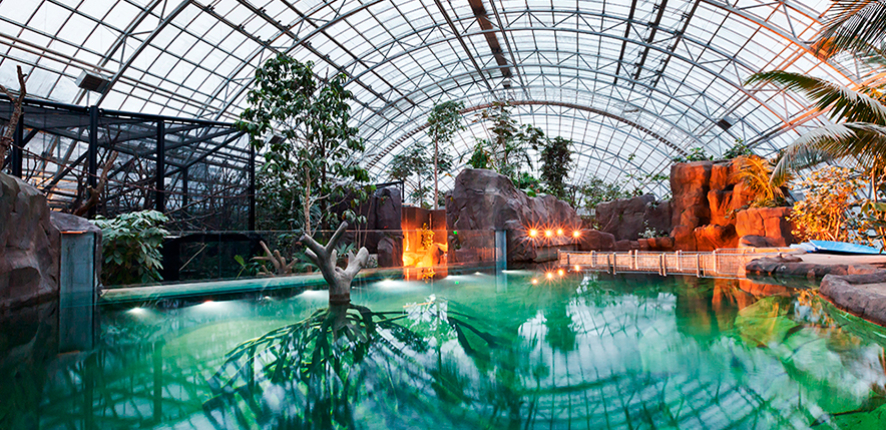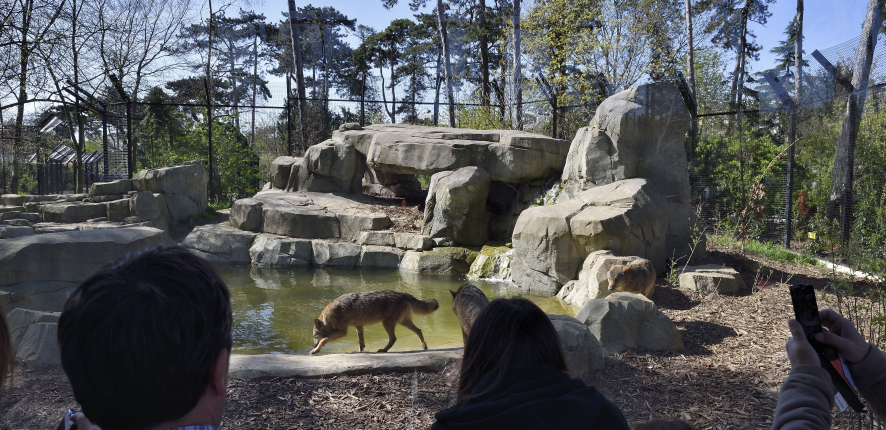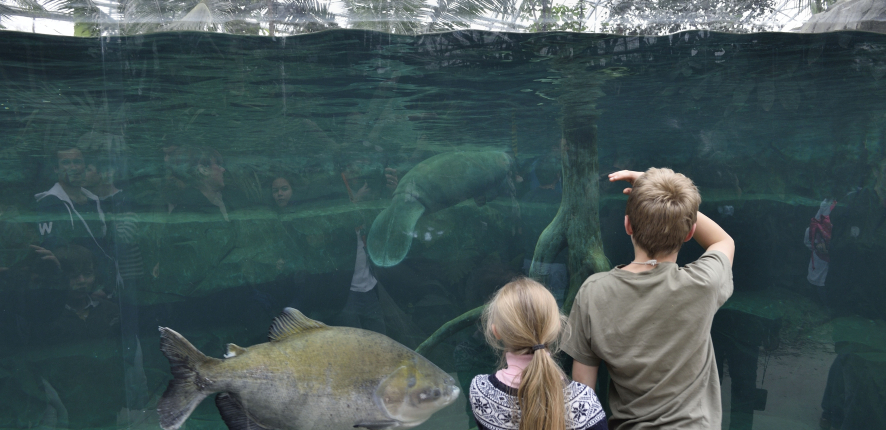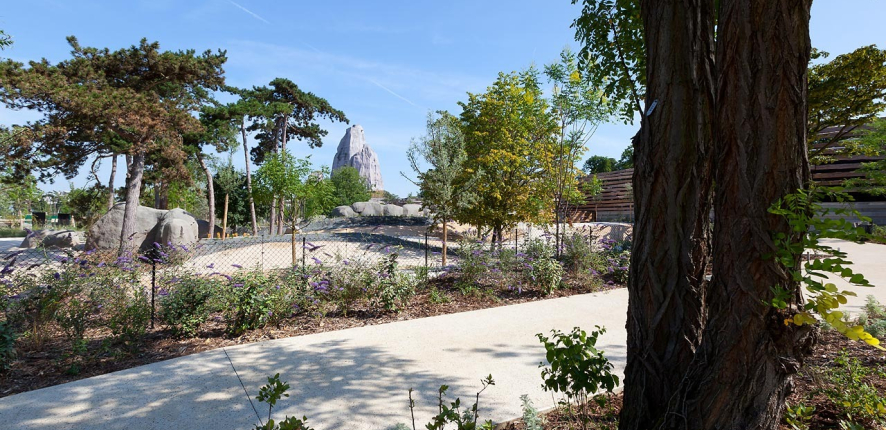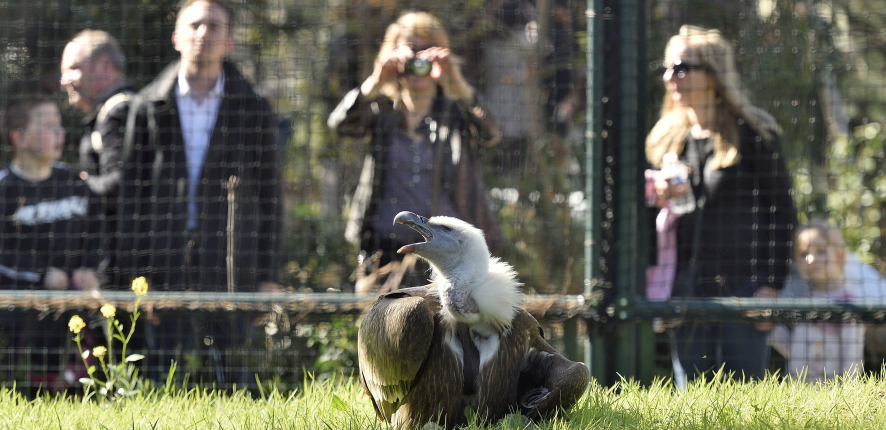Parc Zoologique de Paris

Parc Zoologique de Paris
A journey to the heart of biodiversityThe Vincennes Zoo reopened its doors in 2014, after being completely refurbished over a six-year period thanks to a partnership between Bouygues Construction and the National Natural History Museum.

Challenge
The old Vincennes Zoo, as it used to be called, formed an iconic part of the Paris landscape for 80 years. However, it required a thorough renovation. The challenge was to create a modern international zoo that would meet all the environmental requirements and focus on the well-being of the animals.
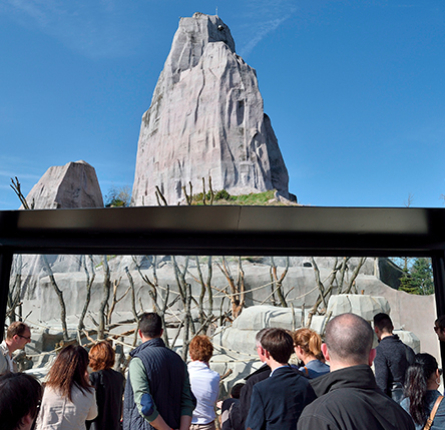

Project
With support from France’s Ministry of Ecology and Ministry of Research and Higher Education, this project took the form of a public-private partnership between the National Natural History Museum and the Chrysalis project company, which associates Bouygues Bâtiment Ile-de-France and Icade. The complete redevelopment of the 16-hectare site was designed and carried out by Bouygues Bâtiment Ile-de-France. Bouygues Energies & Services is responsible for operating and maintaining the site for a period of 25 years.
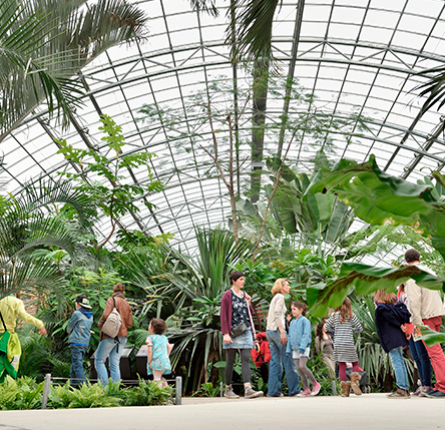

Architecture
The Paris Zoological Park has been designed as a circuit that gives visitors the feeling of being as close as possible to the animals and their environment. To respect the well-being and rhythm of life of the 170 species represented, priority is given to vast enclosures, where living conditions and ecosystems have been re-created to be as near as possible to reality. The decor includes such features as branches, rocks and watering holes, designed to encourage each species’ biological and environmental functions. This journey into the depths of nature takes visitors through five geographical zones (known as “biozones”): Patagonia, Sudan, Europe, Amazonia and Madagascar. By progressing through a profusion of settings, they can discover the living world in all its diversity.
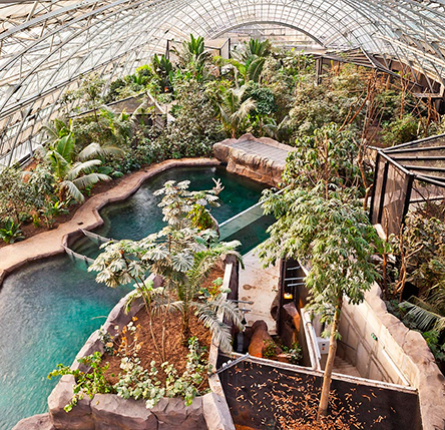

Environment
The Paris Zoological Park took advantage of the refurbishment to turn itself into a vector for communicating about environmental issues and creating awareness, and a centre for the conservation and protection of animal species. The refurbishment project was carried out to fully respect the living conditions of all the species, divided into sixteen specific ecosystems. Since each animal has its own individual needs with regard to light, temperature and ventilation, a ten-strong team from Bouygues Energies & Services are in contact with the zoo’s vets and keepers on a daily basis to ensure that the zoo is kept clean and safe and that the comfort of the animals is preserved.
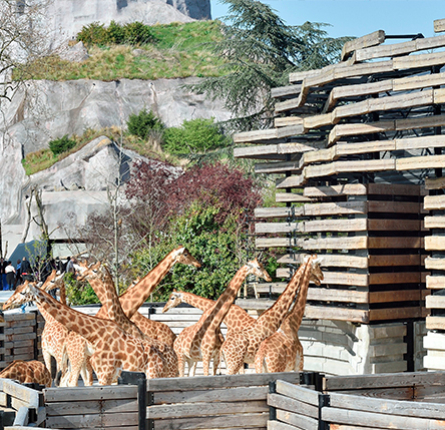

Innovation
Although there are no HQE standards for zoological facilities, the Chrysalis project company drew inspiration from the HQE approach to create its own tailor-made, effective environmental standards. Considerable attention was given to the management of water, waste and energy needs and as a result the project is positioned as a sustainable development project. By way of example, a very elaborate water management programme has been designed using three supply sources: mains water, treated water drawn from wells and rainwater. In parallel, Chrysalis has made commitments with regard to energy performance for the entire duration of the public-private partnership. This is why the buildings have reinforced insulation and use natural ventilation, except in winter.
